.
Student Ignites Path To Career In Science Through Fellowship Program
By Kiara Reed, 2014 Ignite Fellow
In 2014, Kiara Reed left her home in Los Angeles and traveled across the country to a remote corner of Maine to embark on a two-week science fellowship on the expedition Climate Change: Sea to Trees at Acadia National Park. Funded by The Durfee Foundation, the Ignite LA Student Science Awards aim to stimulate curiosity and interest in science and technology through hands-on research. Kiara immersed herself in the beauty of Acadia National Park and came away from the experience transformed and inspired to pursue a career in science.
.
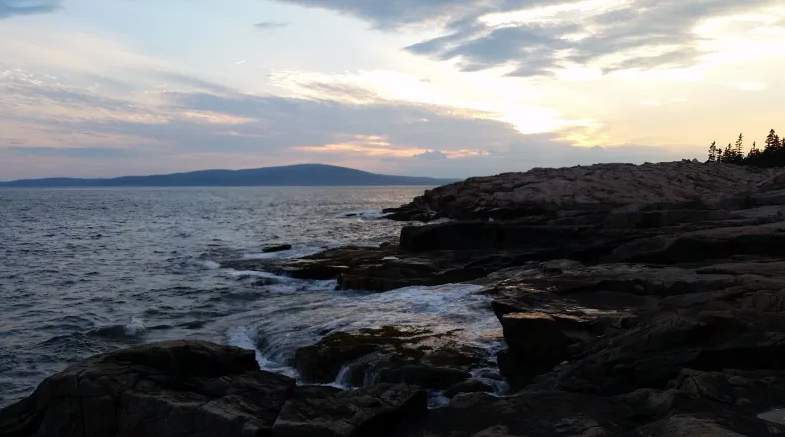
.
Before embarking on this program, I had never set foot on a national park reserve, let alone Acadia National Park—a 47,000-acre, pine tree-filled paradise off the coast of Maine. As a Los Angeles city dweller, I was in awe at the miles and miles of vast forestry and picturesque views from our peninsula to the surrounding islands. Along with enjoying the scenes, I was given explanations about the ecology of the region. Our chief scientist, Dr. John Cigliano, taught us about the overfishing of cod in the western Atlantic Basin and ocean acidification, our research topic.
As a team, my group and I tracked the biodiversity of organisms in tide pools, many of which have calcium carbonate shells, rendering them vulnerable to changes in pH levels in the water. We collected common periwinkle snails from the tide pool for further observation. Examining snail behavior and shell weights in the lab made me feel like a real field researcher, giving me insights otherwise unobtainable at my inner-city high school. I left the expedition with a newfound appreciation for nature and a more realistic view about what research is all about.
.
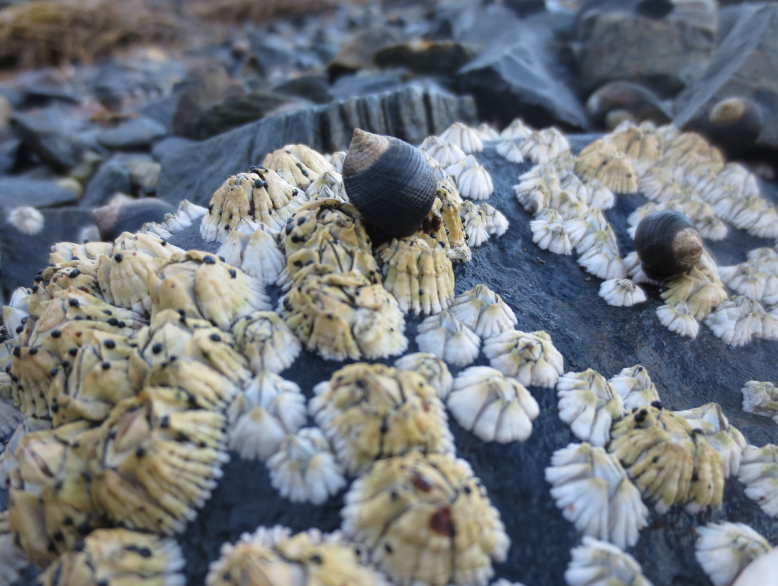
Common periwinkles on barnacles in Acadia National Park.
.
When the college exploration season came around, the impacts of this expedition became clear. My college counselor mandated that everyone apply to an out of state school. Having cherished my time in Maine, I decided to add Colby College to the list. One part of the application consisted of a personal statement. Here, I wrote about my Earthwatch experience and the value of citizen science, proposing that we can reverse human-caused environmental degradation with two things: optimism and collective effort.
I was accepted to the school as well as a six-week science program where I was able to research causes for the decline of eelgrass on Mount Desert Island, study the environmental chemistry of Maine lakes, and even investigate applications of green chemistry. By the end of this program, I found that contributing to an authentic research project made me feel capable and, at the same time, uncertain as each discovery posed more questions.
.
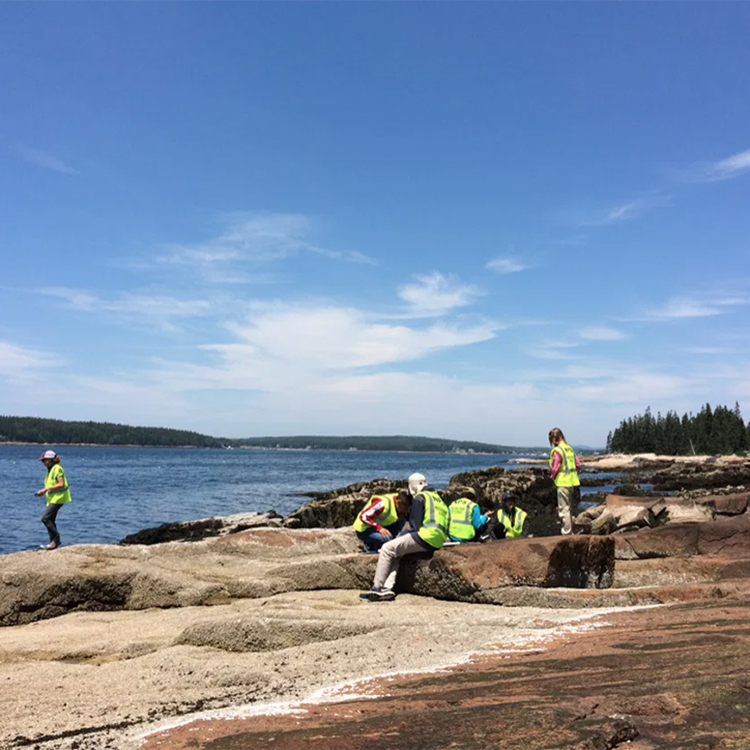
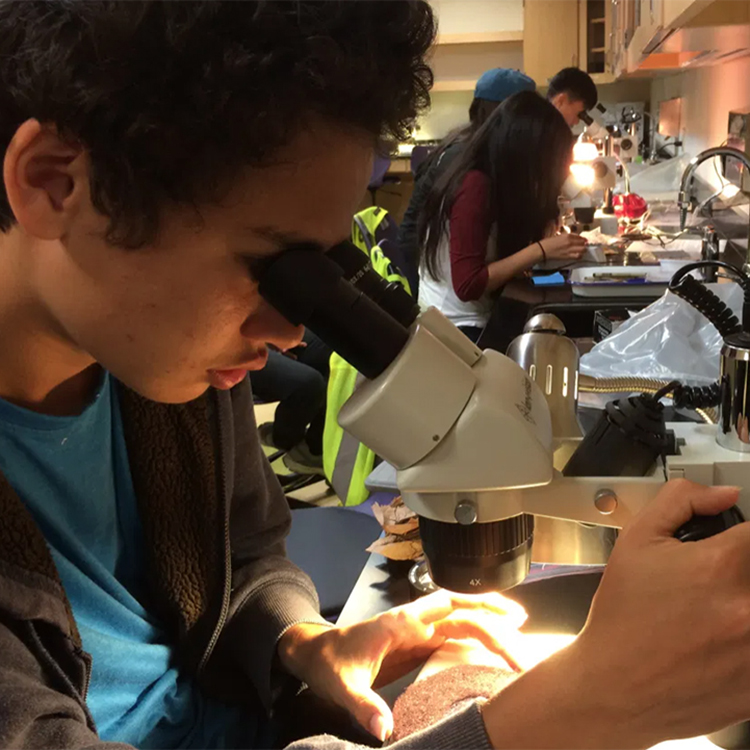

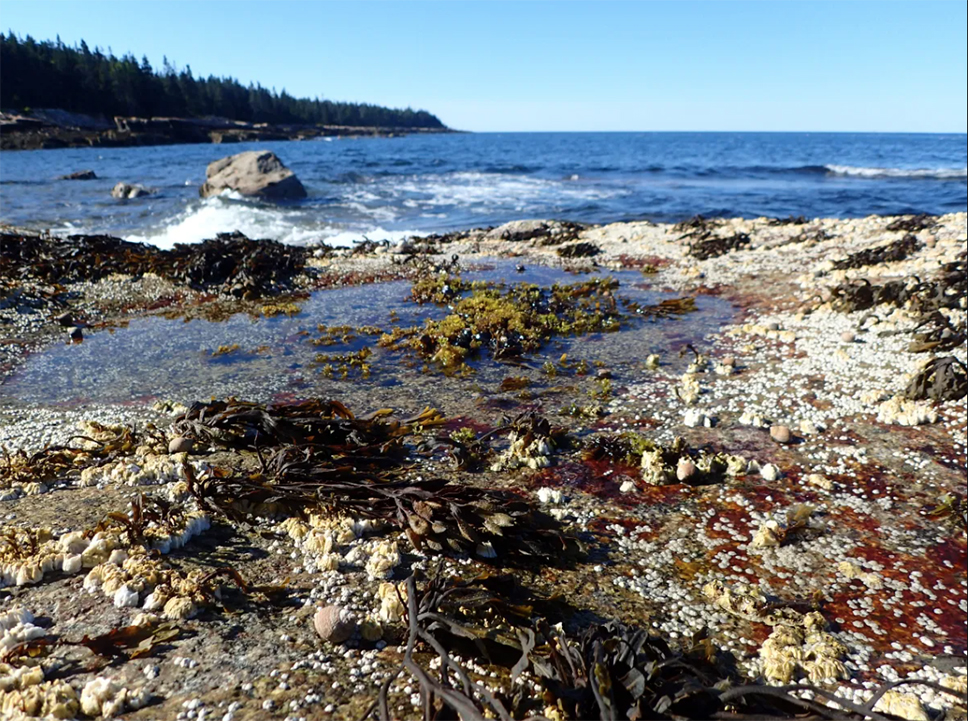
.
Earthwatch gave me the confidence and inspiration I needed to pursue a career in the sciences.
.
If I hadn’t participated in my Earthwatch expedition, I do not think I would have the confidence to attend a private college in Maine—which is on the opposite end of the country from my home state—or have the courage to become a scientist myself. As you may be able to tell, this program was likely a catalyst to my scientific endeavors. It helped me develop realistic expectations for a career in the sciences and took me out of the city to inspire me with the beauty of biology.
.
Applications are still being accepted for 2017 Ignite Fellowships. To learn more, visit our webpage.
.
Sign up for the Earthwatch Newsletter
Be the first to know about new expeditions, stories from the field, and exciting Earthwatch news.